Can you hold plank for a full minute? It’s definitely a challenge, but the reason we feature Plank in every single barre3 class is because it WORKS. Today we’re breaking it down so you can make the most out of every single second you spend in this posture.
The Benefits of Plank Pose
Plank is a true powerhouse, training your abs, arms, back and thighs to work together so you can stand taller. You’ll feel your heart rate increase for a serious cardio blast, warming your muscles and preparing them for the rest of class. Plank also allows you to practice staying calm and centered while your body is in chaos.
How To Set It Up
Put your hands directly under your shoulders like you’re about to do a pushup. Ground your toes into the floor and raise your knees off the ground, keeping your hips level and square.

Common Dos and Don’ts
Before we show you a properly aligned plank, let’s look at a few common don’ts and how to fix them:
DON’T: Let your hips drop towards the floor. This puts pressure on your low back and can cause pain.
DO: Lift your hips up and engage your abs to hold them there.
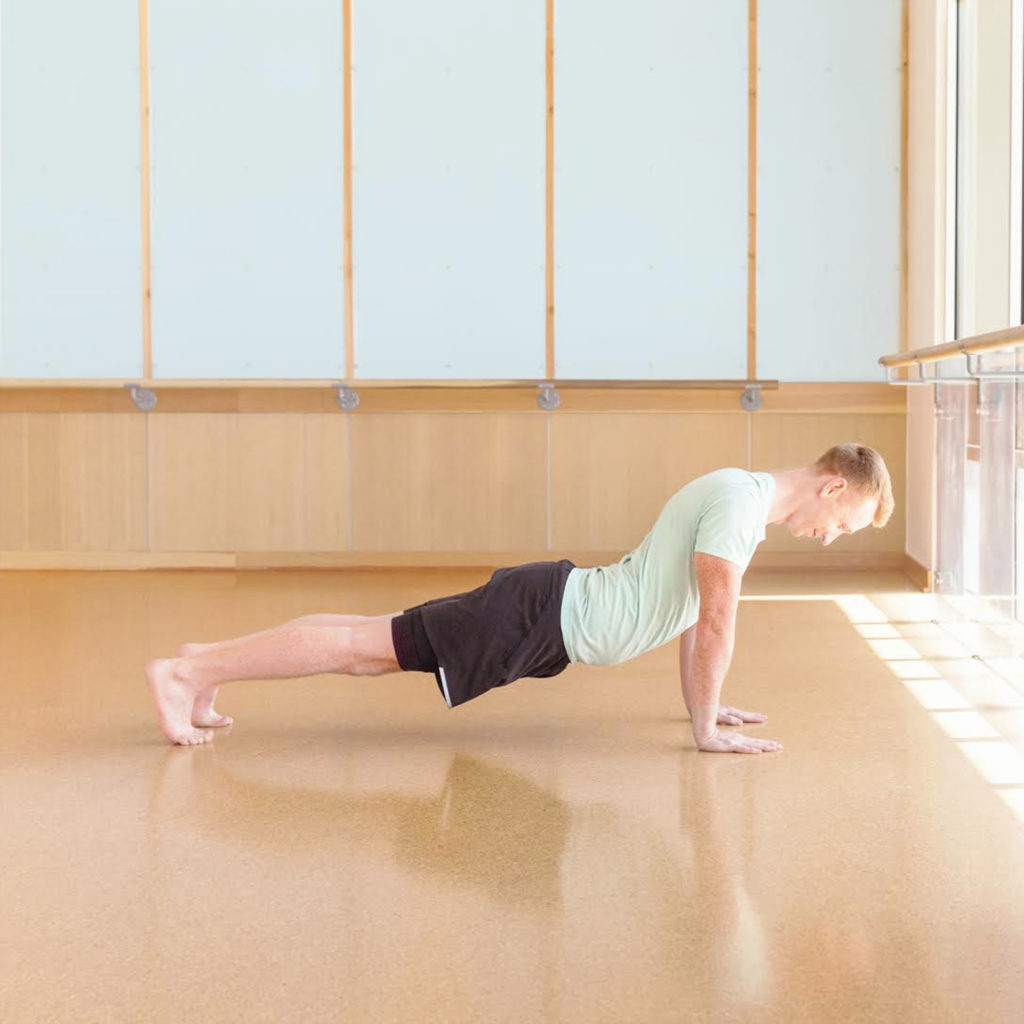
DON’T: Let your head and chest fall towards the floor. This can strain your spine and shoulders.
DO: Reach the top of your head to the opposite side of the room to lengthen and support your neck. Next, lift your chest and upper back towards the sky by engaging your abs.
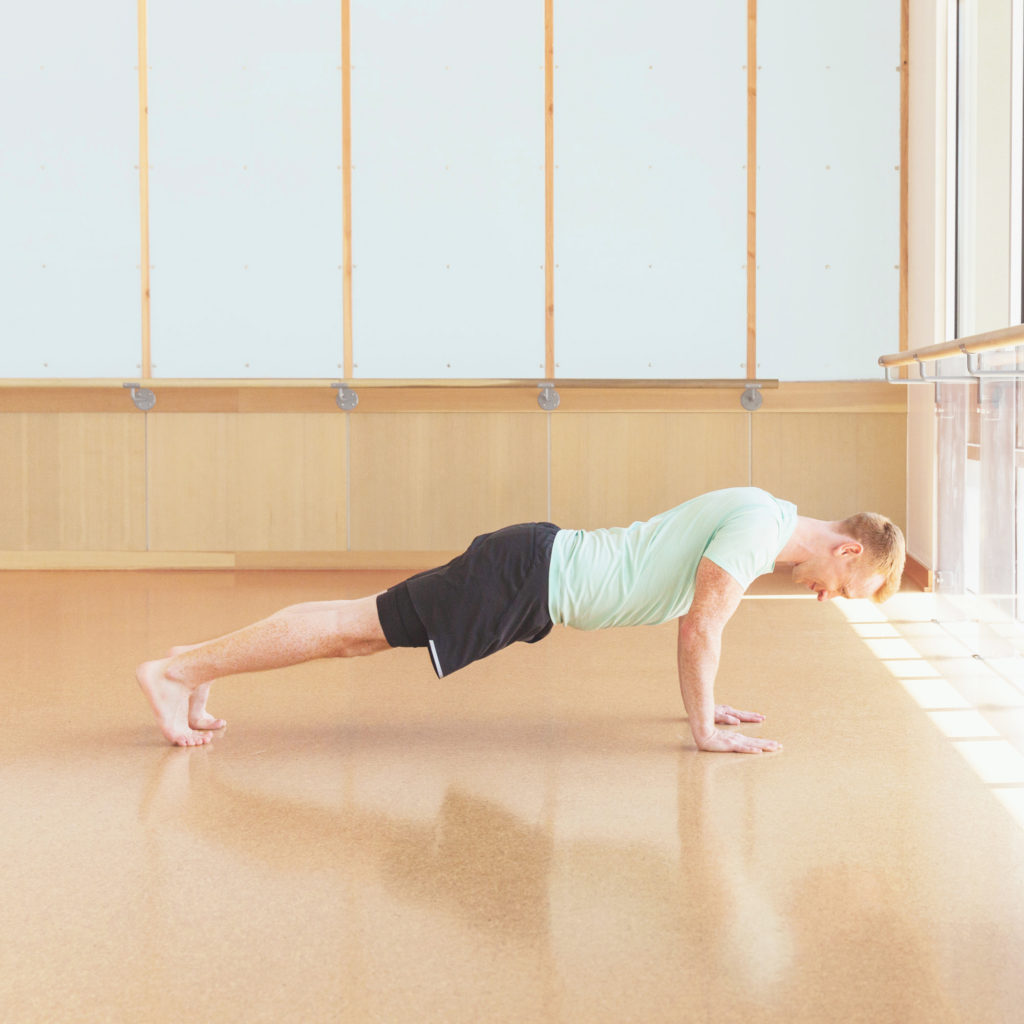
DON’T: Round your shoulders and lift your hips too high. This creates tension in the upper shoulders and lower neck.
DO: Lower your hips and reach your collarbone and heart forward. You want a straight diagonal line from the crown of your head to your heels.
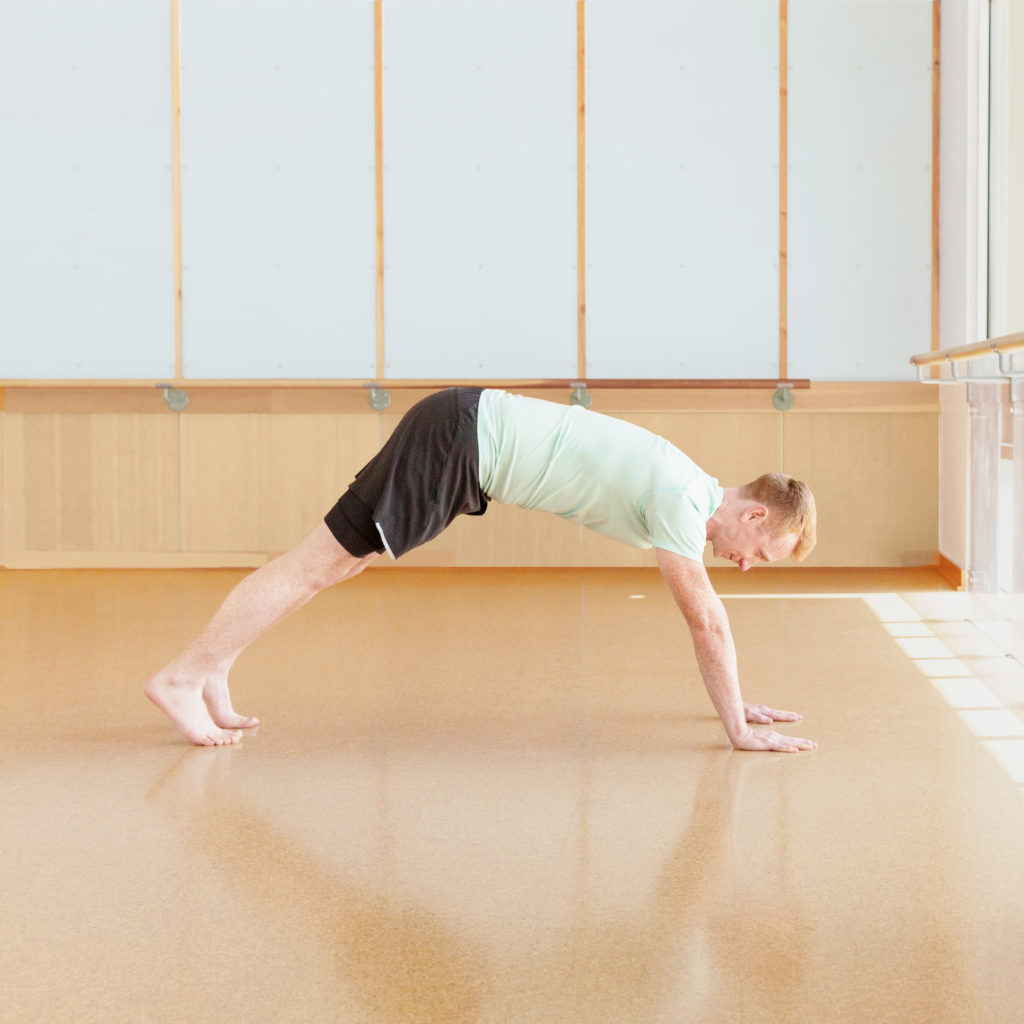
And now, here’s what Plank Pose looks like when done correctly: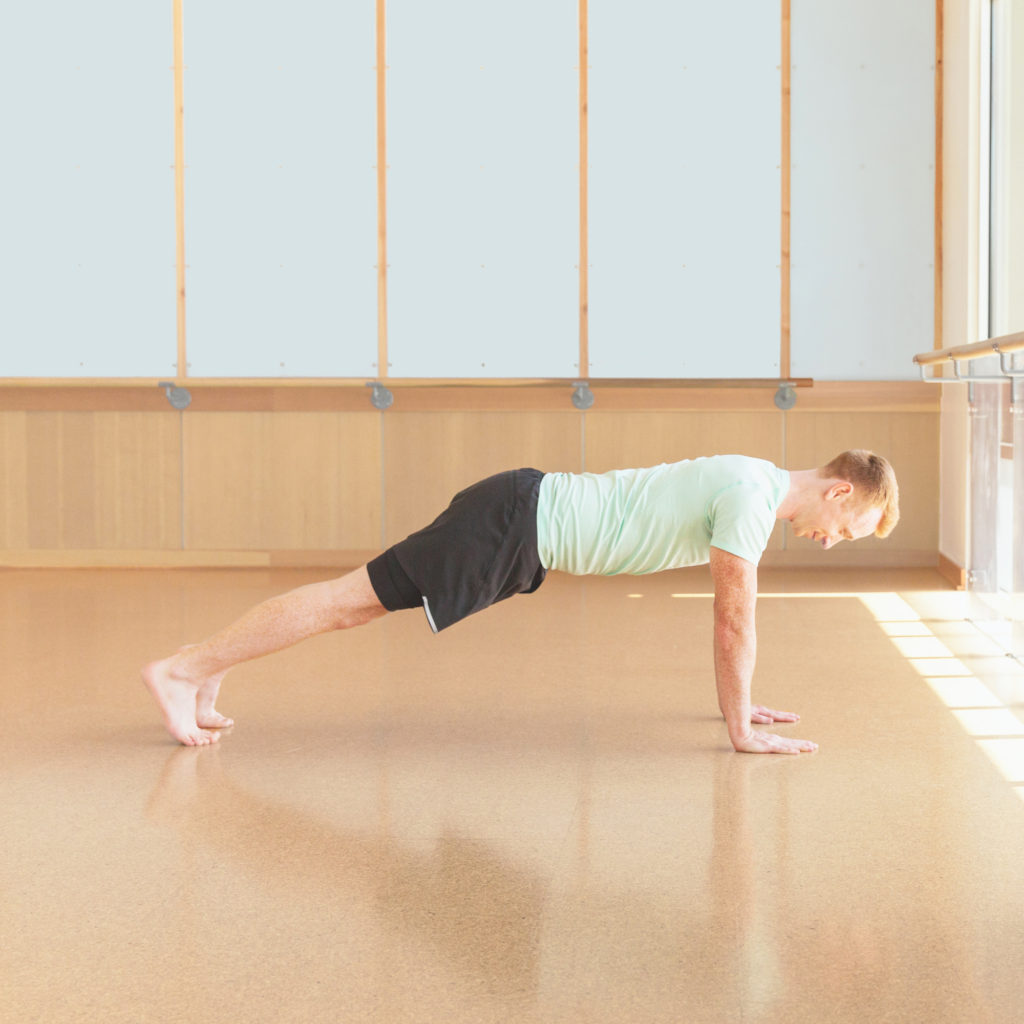
Notice the ears, shoulders, hips, and heels are all in one line. The core is engaged and tight. The neck and spine are long, and the heels are reached back.
If a traditional plank doesn’t feel good in your body, there are lots of ways you can modify it to suit your individual needs. Here are some great modifications to try:
1. If your wrists or hands are bothering you, come down to your forearms and either have palms flat or interlace your fingers.
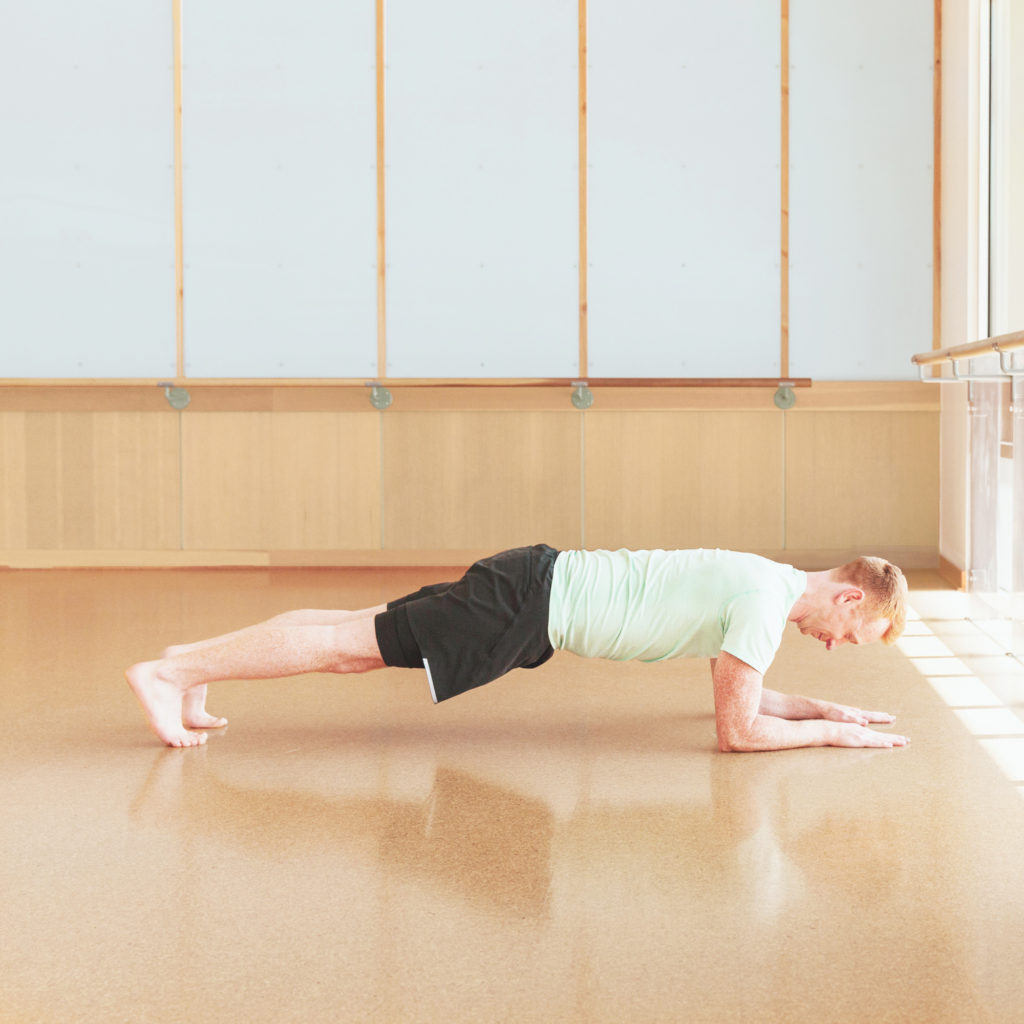
2. If there is pain or pressure in your low back, lift your hips higher, taking the body out of a diagonal and instead make your torso parallel to the floor.
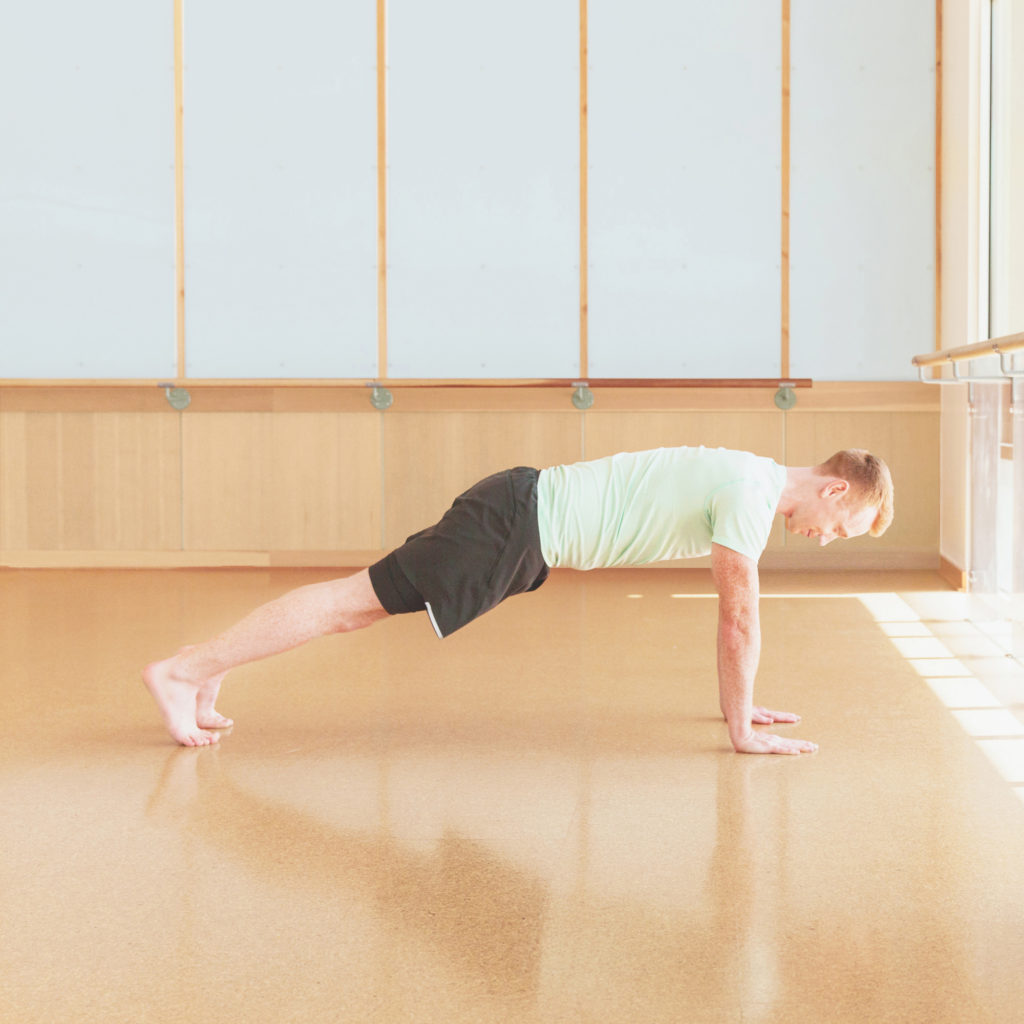
3. If the alignment feels good but the posture is too intense overall, try taking the pose at the barre, a kitchen counter, or the seat of a chair.
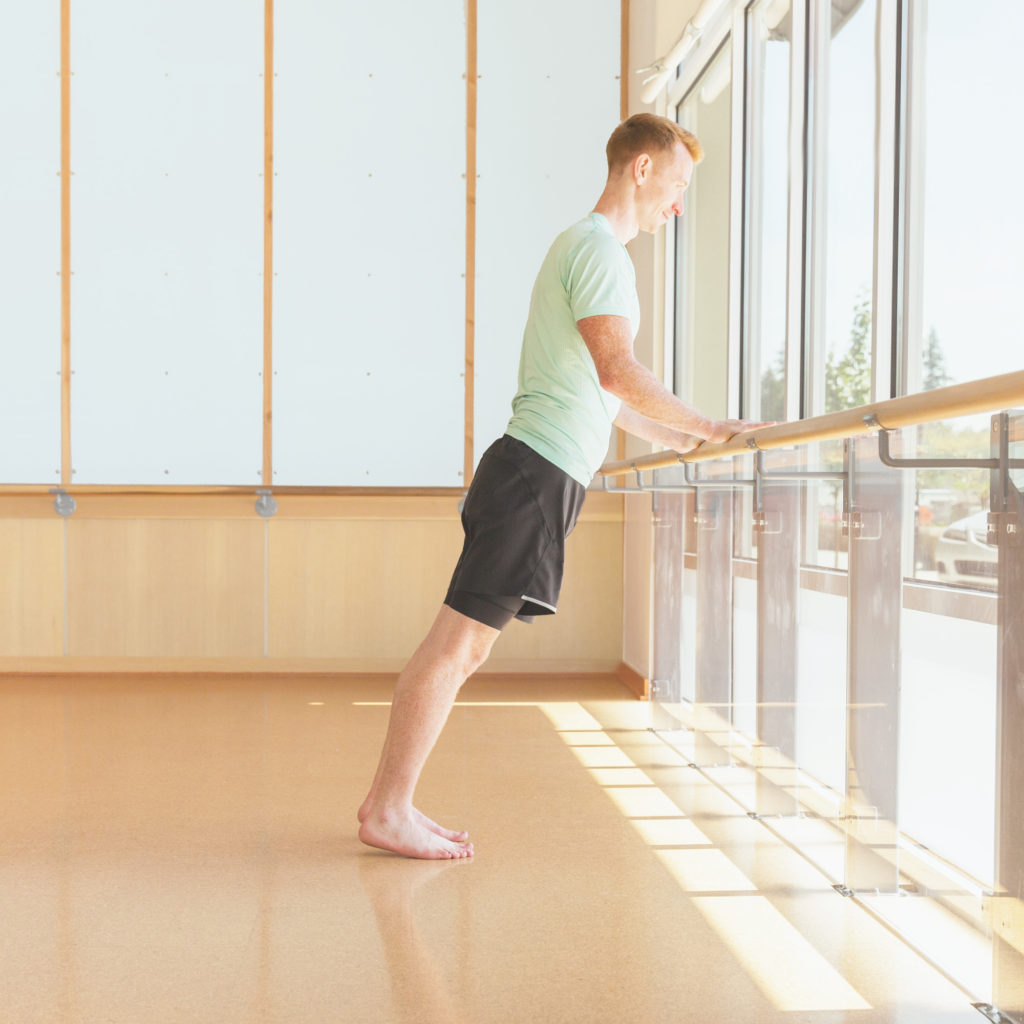
If you ever have questions—about Plank Pose or any other posture—just ask your instructor or in the comments below. You can also subscribe to barre3 Online. Each week, our lead instructors will break down key postures step-by-step in educational videos and energizing workouts. We’re here to help you get the most out of every pose and build strength!


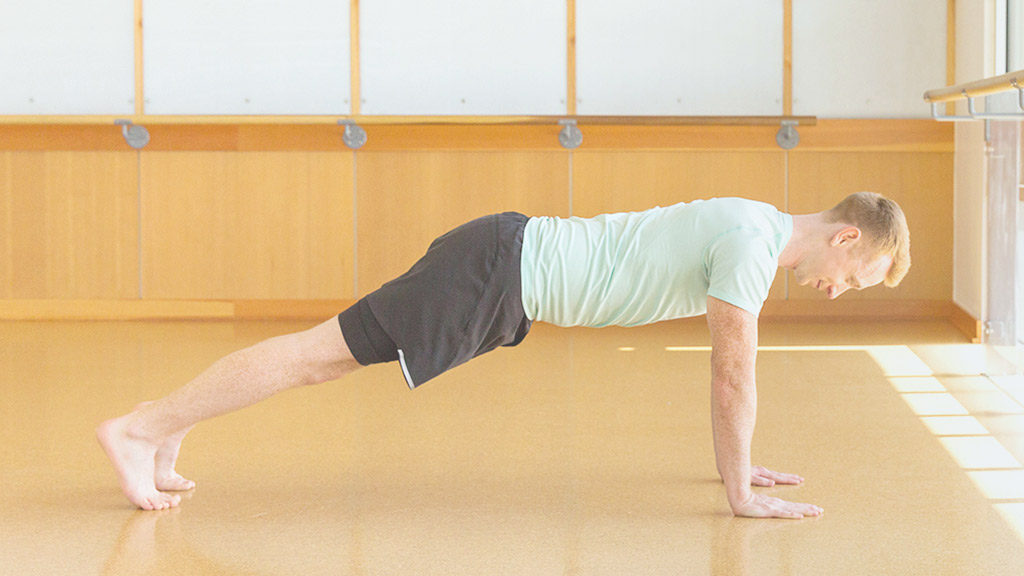







5 people have left a comment. Join the conversation!
View Comments